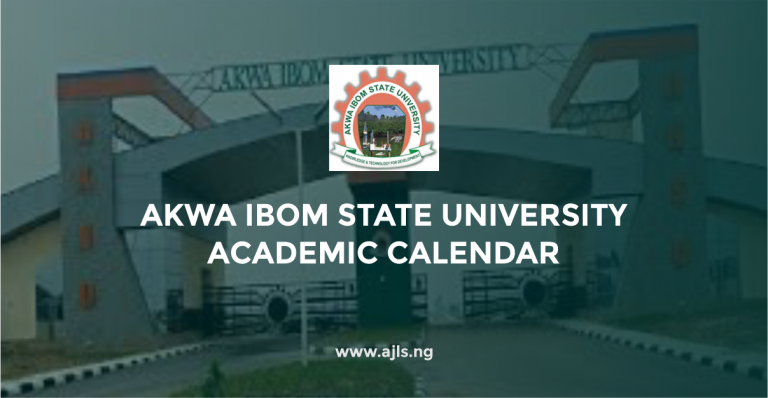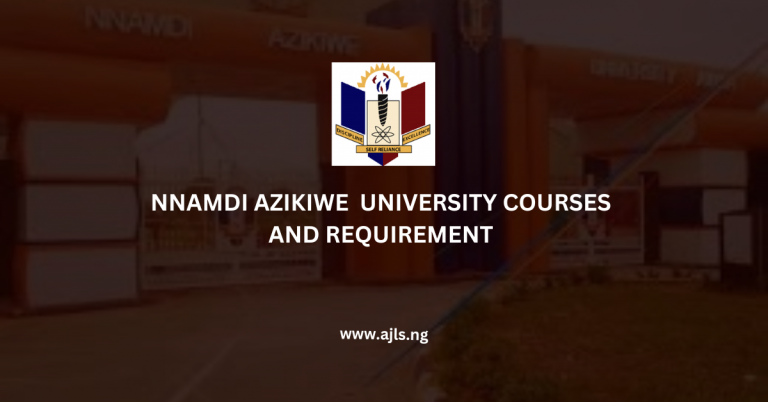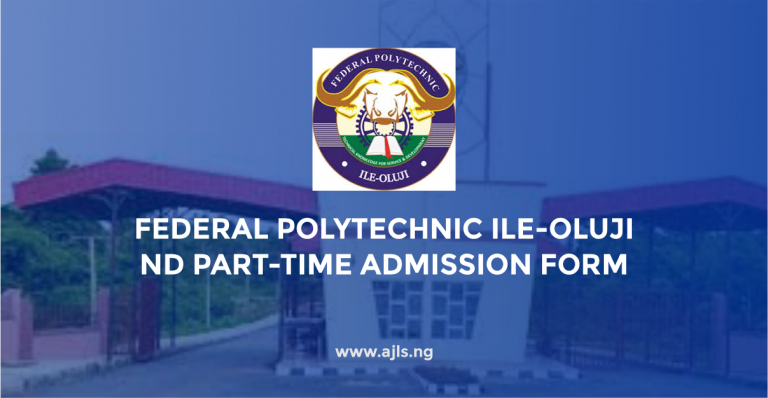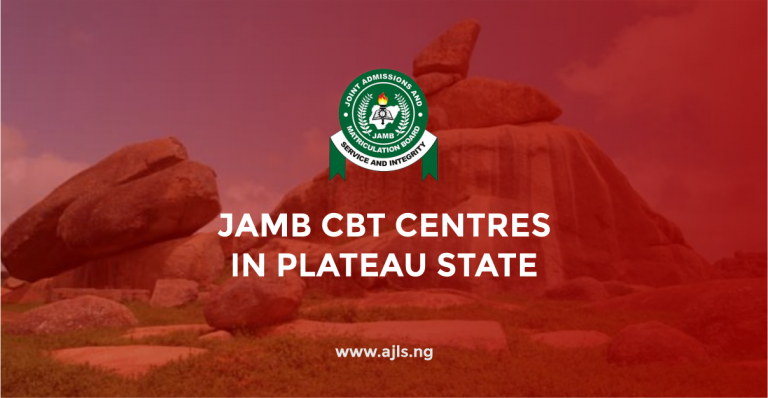JAMB Syllabus for Geography 2025 Download PDF
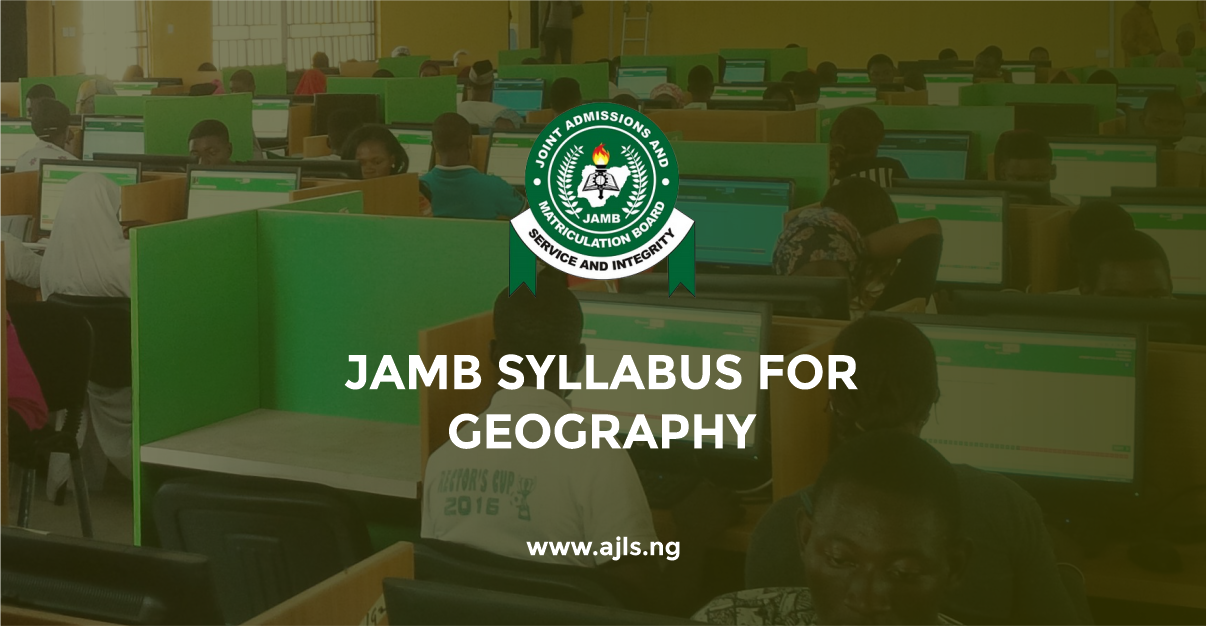
JAMB Syllabus for Geography 2025. For Jambite candidates gearing up for the upcoming Joint Admissions and Matriculation Board (JAMB) examination, the best strategy to start your preparation is to get a clear overview of the topics you’ll encounter and the possible types of questions to expect.
The JAMB Syllabus is an essential resource that outlines the topics and provides a structured approach to studying. It prepares your mind for the examination by giving you a roadmap to explore key themes and focal areas thoroughly. With this syllabus, you can confidently tackle each subject, knowing you’re focusing on what truly matters.
JAMB Syllabus for Geography 2025
The Geography syllabus for the 2025 JAMB UTME is carefully designed to help candidates focus on the essential topics and concepts needed for the exam. Covering both physical and human geography, the syllabus provides a detailed roadmap for effective preparation. By understanding the key themes, you can develop a deeper knowledge of geographical concepts and apply them confidently during the examination.
To excel in this subject, you need to familiarize yourself with the 2025 JAMB Syllabus for Geography. This informative and well-organized guide will assist you in exploring the major themes and focusing on the key areas essential for success.
Below is the full breakdown of the JAMB Syllabus for Geography for 2025, including objectives and areas of study.
The Concept of Geography
- Definition, branches, and scope of geography.
- Relevance of geography to daily life and development.
Objectives:
- Understand the meaning and significance of geography.
- Explain the relationship between geography and development.
The Earth as a Planet
- The origin, shape, and size of the Earth.
- Latitude, longitude, time zones, and the International Date Line.
- The Earth’s rotation and revolution: causes and effects.
Objectives:
- Describe the Earth’s structure and its position in the solar system.
- Analyze the effects of the Earth’s movements.
Weather and Climate
- Definitions and elements of weather and climate.
- Factors influencing climate (e.g., latitude, altitude, ocean currents).
- Major climatic zones and their characteristics.
Objectives:
- Differentiate between weather and climate.
- Explain factors affecting global climates.
Rocks and Landforms
- Classification and types of rocks.
- Processes of rock formation.
- Major landforms and their formation (e.g., mountains, valleys, plateaus).
Objectives:
- Identify different types of rocks and their characteristics.
- Understand the processes that shape the Earth’s surface.
Population Studies
- Population density, distribution, and growth.
- Factors influencing population distribution.
- Demographic concepts: birth rate, death rate, migration, etc.
Objectives:
- Analyze population patterns and their implications.
- Explain factors affecting population changes.
Economic Activities
- Primary, secondary, tertiary, and quaternary activities.
- Agriculture, mining, industrialization, and trade.
- Transport and communication networks.
Objectives:
- Understand the types of economic activities and their contributions to development.
- Analyze the relationship between geography and economic activities.
Environmental Conservation
- Environmental hazards (e.g., erosion, flooding, desertification).
- Global environmental challenges (e.g., climate change, deforestation).
- Sustainable use of resources.
Objectives:
- Discuss the causes and effects of environmental issues.
- Suggest strategies for environmental management and sustainability.
Map Reading and Interpretation
- Types of maps and their uses.
- Map scale, symbols, and direction.
- Contour lines, gradients, and relief representation.
Objectives:
- Accurately interpret maps and related information.
- Calculate distances, areas, and gradients using map scales.
Regional Geography of Nigeria
- Location, size, and political divisions.
- Physical features: relief, climate, vegetation, and drainage.
- Economic activities and resources.
Objectives:
- Understand the geographical features of Nigeria.
- Assess the impact of physical geography on economic activities.
Regional Geography of Africa
- Location, size, and political divisions.
- Physical features: major rivers, mountains, and vegetation zones.
- Economic resources and regional integration.
Objectives:
- Explain Africa’s geographical features and their significance.
- Analyze factors influencing economic development in Africa.
World Geography
- Major climatic zones of the world.
- Distribution of natural resources (e.g., forests, minerals, water).
- Global economic activities and trade patterns.
Objectives:
- Compare the geographical features of different regions.
- Evaluate global economic trends and their implications.
Tips for Using the JAMB Geography Syllabus Effectively
- Focus on understanding the concepts and their applications.
- Familiarize yourself with JAMB’s question formats and patterns.
- Rely on JAMB-approved textbooks for comprehensive coverage.
- Allocate time for each section to ensure adequate preparation.
- Engage with peers to discuss and clarify challenging topics.
How to Download the JAMB Government Syllabus
- Visit the official JAMB website
- Click on the “JAMB Syllabus” option on the homepage.
- Scroll down to select “Government.”
- Download the PDF by right-clicking and selecting “Save As” or clicking the “Download” button.
Conclusion
The JAMB Government Syllabus for 2025 requires a thorough understanding of political systems and governance. Students can improve their chances of success by focusing on the above topics, adopting effective study strategies, and staying current on current events. Consistency and a solid comprehension of key concepts will be essential for achieving a good grade in Government. Please feel free to ask questions or leave comments below!
